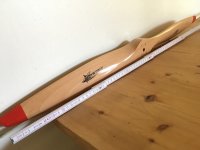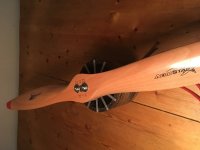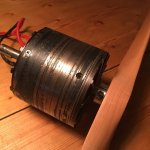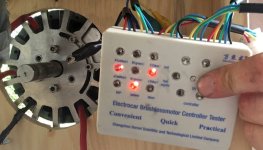larsb
1 MW
I want to optimise hall sensor position and don't think it's easy to get it perfect:
If you measure current vs hall position at no load/WOT then the hall setting vs current is not very sensitive to position.
I don't have a scope, and they measure voltage so the inductance will mess up the reading as you want the current at the correct time and not the voltage. Correct?
I thought about using a propeller as a simple way to load the motor for hall sensor positioning, like this one:
http://vi.raptor.ebaydesc.com/ws/eBayISAPI.dll?ViewItemDescV4&item=372228986681&category=182204&pm=1&ds=0&t=1530527339886&cspheader=1
It's not so expensive, the load should be constant for other factors than RPM, and a simple measurement of current at WOT or even rpm would give the best position.
What do you think? I've never seen it done with a propeller here at ES.
If you measure current vs hall position at no load/WOT then the hall setting vs current is not very sensitive to position.
I don't have a scope, and they measure voltage so the inductance will mess up the reading as you want the current at the correct time and not the voltage. Correct?
I thought about using a propeller as a simple way to load the motor for hall sensor positioning, like this one:
http://vi.raptor.ebaydesc.com/ws/eBayISAPI.dll?ViewItemDescV4&item=372228986681&category=182204&pm=1&ds=0&t=1530527339886&cspheader=1
It's not so expensive, the load should be constant for other factors than RPM, and a simple measurement of current at WOT or even rpm would give the best position.
What do you think? I've never seen it done with a propeller here at ES.







